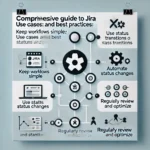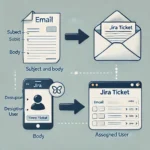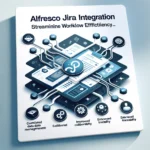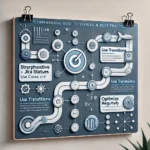TestNG vs. Robot Framework: A Comprehensive Comparison of Testing Frameworks
In the dynamic world of software testing, developers and testers have access to a wide array of testing frameworks to choose from. Two prominent testing frameworks used across different ecosystems are TestNG and Robot Framework. TestNG is a powerful testing framework for Java, while Robot Framework is a versatile, keyword-driven automation framework suitable for various programming languages. In this blog post, we will compare TestNG and Robot Framework, highlighting their strengths and use cases, to help you make an informed decision when selecting the most suitable testing framework for your projects.
TestNG: The Robust Java Testing Framework
TestNG, an abbreviation for “Next Generation,” was developed to overcome some limitations of JUnit and provide advanced testing functionalities for Java applications. It is widely used for unit testing and integration testing in Java projects.
Advantages of TestNG
- Test Configuration: TestNG allows developers to configure test suites using XML files, providing a more flexible way to organize and execute tests based on different parameters and conditions. This feature is especially useful for managing complex test scenarios.
- Parallel Execution: TestNG natively supports parallel test execution, enabling you to distribute tests across multiple threads, processes, or even machines. This capability significantly reduces test execution time for large test suites.
- Dependency Management: TestNG enables developers to set dependencies between test methods, ensuring that tests run in the desired order. This helps in managing the setup and teardown of test environments effectively.
- Annotations and Grouping: TestNG provides a wide range of annotations that allow developers to define test behaviors, control execution flow, and handle pre- and post-test actions. Test grouping based on specific criteria enhances organization and readability of test cases.
https://synapsefabric.com/2023/07/26/testng-vs-junit-5-a-comprehensive-comparison-of-java-testing-frameworks/
Robot Framework: The Keyword-Driven Automation Framework
Robot Framework is an open-source, generic automation framework that allows testers to write tests in a natural, keyword-driven style. It supports multiple programming languages, including Python and Java, making it versatile for cross-platform testing.
Advantages of Robot Framework
- Human-Readable Syntax: Robot Framework uses a human-readable, tabular syntax, making it easy for both technical and non-technical users to read and understand test cases and test data.
- Keyword-Driven Approach: Robot Framework’s keyword-driven approach allows testers to write test cases using descriptive keywords, making test cases more concise and readable.
- Cross-Platform Support: Robot Framework supports multiple programming languages, making it suitable for cross-platform testing of web, desktop, and mobile applications.
- Extensibility: Robot Framework can be extended using custom libraries and plugins, allowing testers to add functionalities specific to their project’s needs.
Choosing the Right Framework
The choice between TestNG and Robot Framework depends on the specific requirements of your project and the testing approach preferred by your team.
Choose TestNG if
- You are working on Java-based projects and require a robust and feature-rich testing framework.
- Your focus is on writing extensive test cases and managing complex test configurations, parallel execution, and test grouping.
Choose Robot Framework if
- You need a versatile automation framework that supports multiple programming languages and is suitable for cross-platform testing.
- Your team values a keyword-driven testing approach with a human-readable syntax for easy test case understanding and collaboration.
Both TestNG and Robot Framework are powerful testing frameworks, each with its unique strengths and use cases. TestNG is well-suited for Java projects requiring advanced test configurations, parallel execution, and dependency management. On the other hand, Robot Framework shines with its keyword-driven, human-readable syntax and cross-platform support.
The choice between TestNG and Robot Framework depends on the nature of your project, your team’s expertise, and your preferred testing approach. Regardless of your choice, both frameworks offer valuable features that will undoubtedly improve the efficiency and reliability of your test automation efforts.






